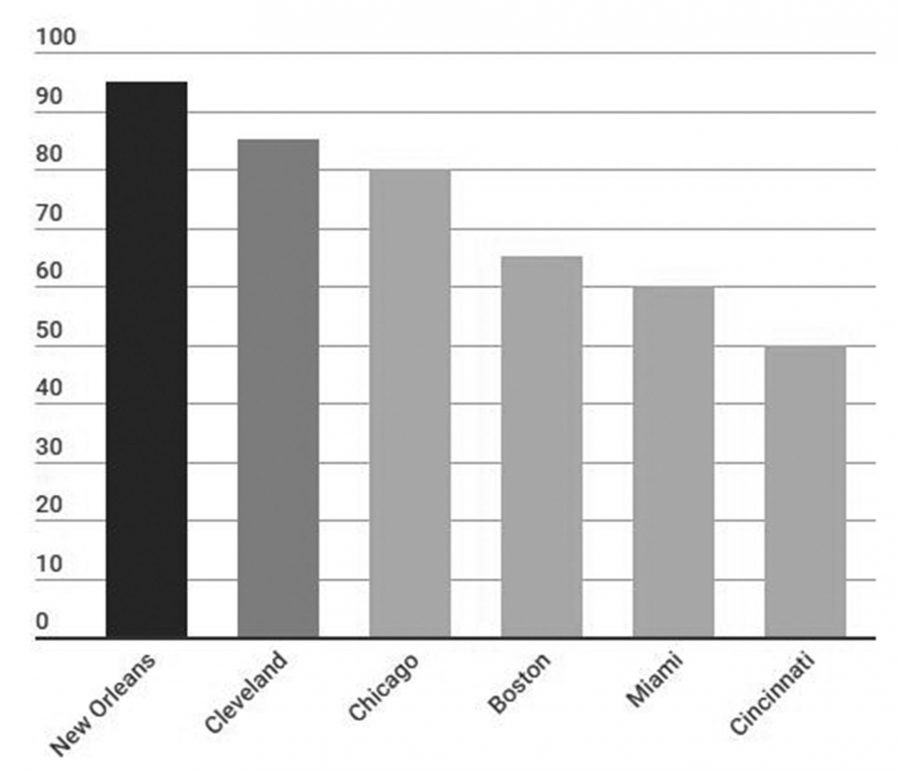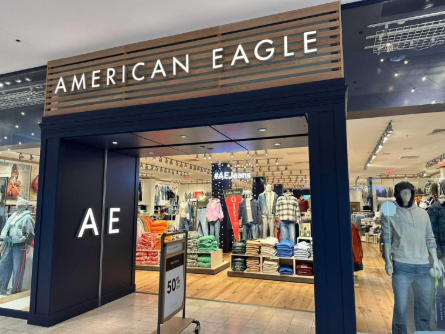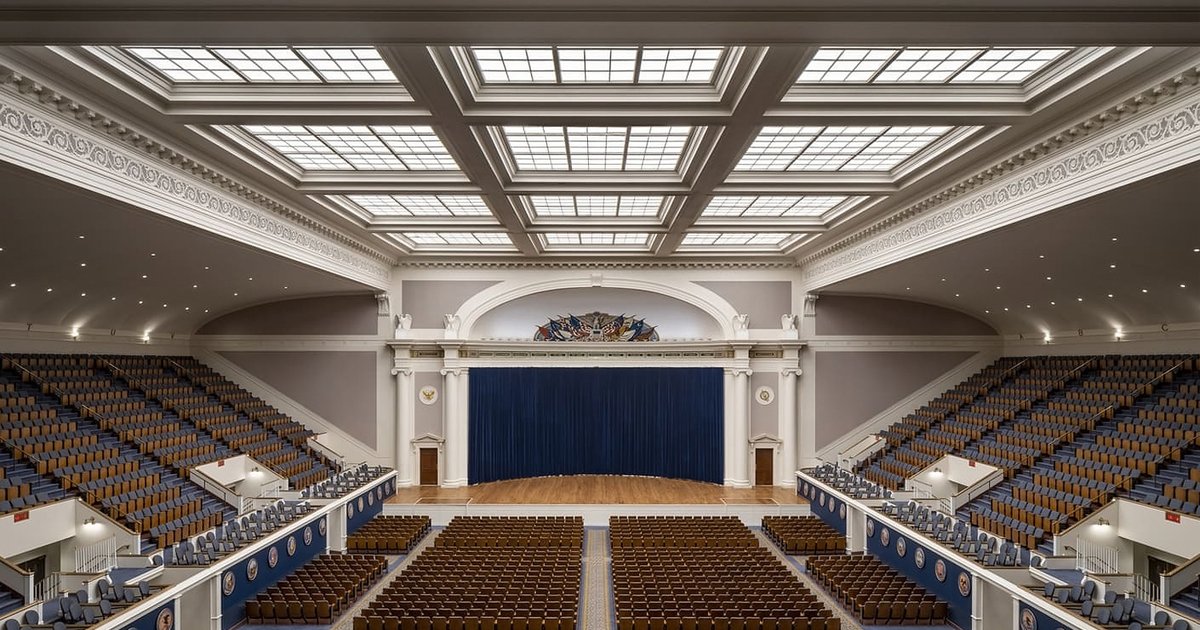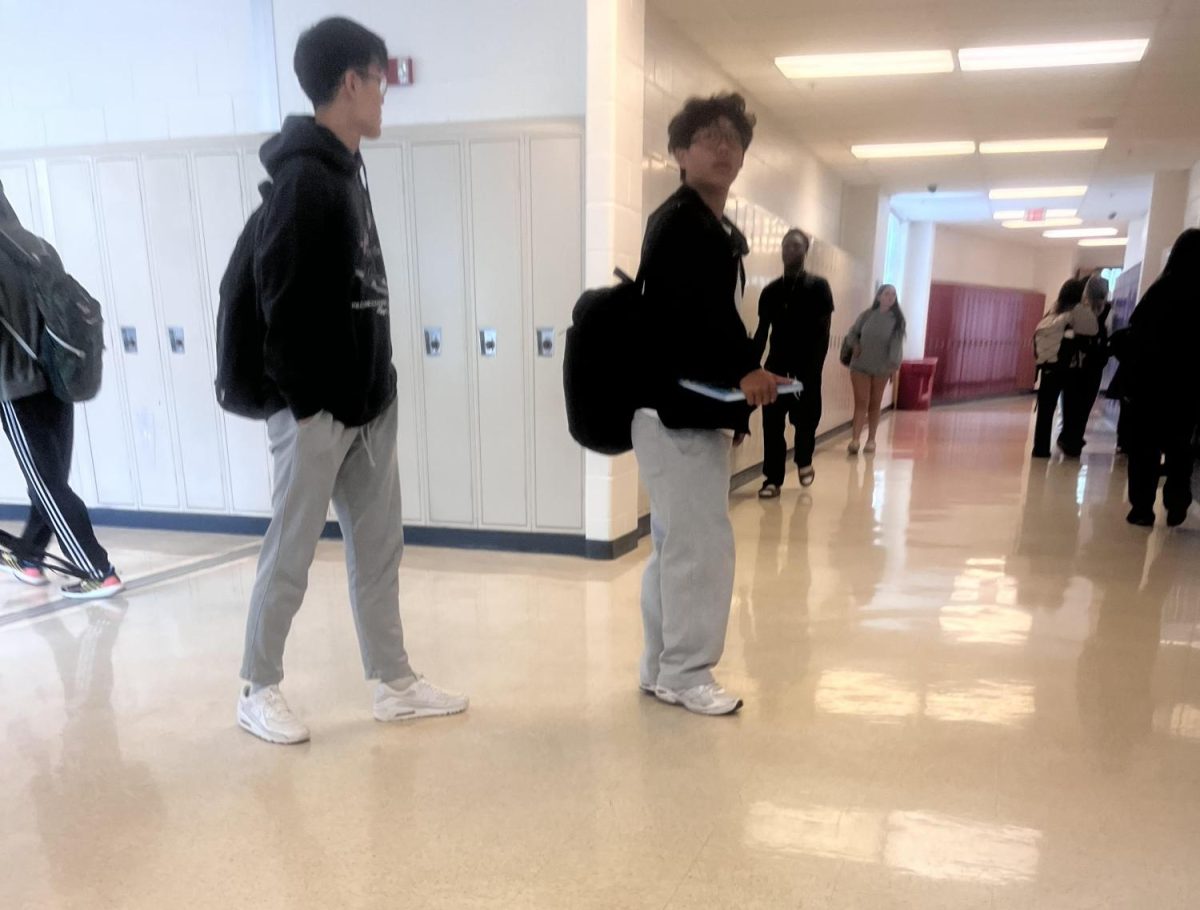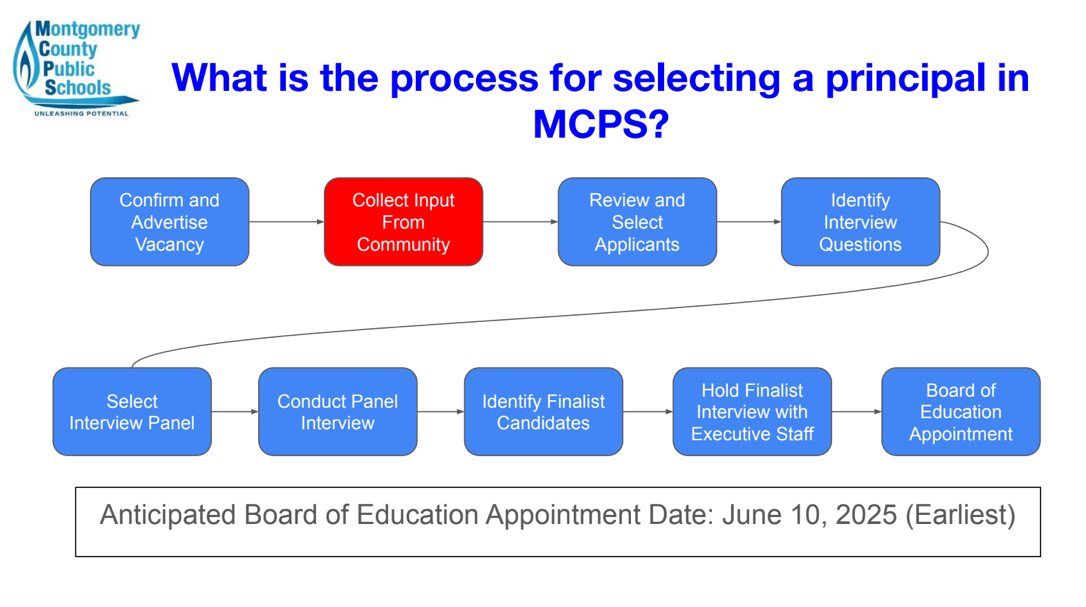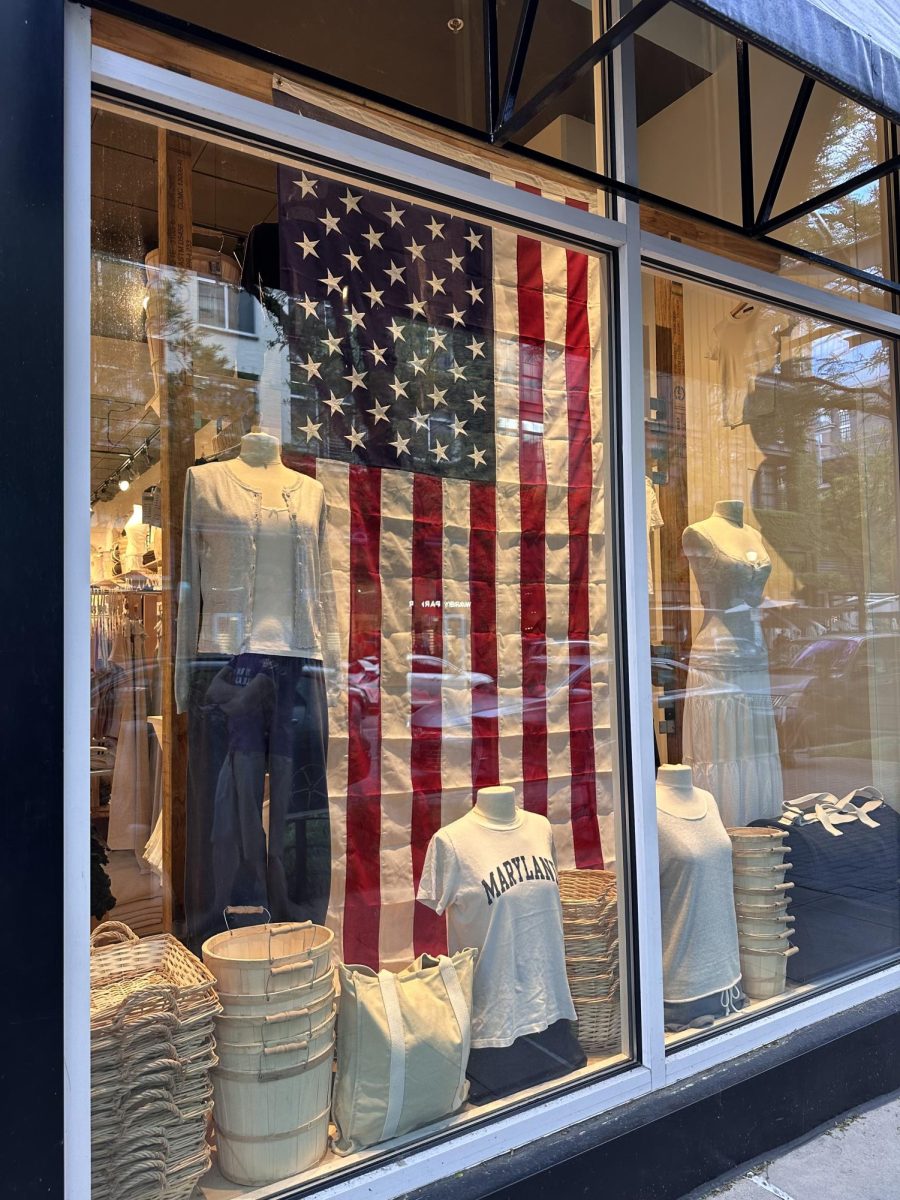Walking around the hallways, students display a variety of clothes due to their unique fashion statements. Some of the clothes students want to wear, such as short crop tops, booty shorts and sagging pants, are prohibited. This school, just like all public schools, has a dress code that students must abide by, and the dress code is enforced by the security team, administration and teachers.
“It’s immodest, indecent.”
Students have conflicting views about whether this school’s dress code is perfect as is, is too strict, or is too lenient. “You see a lot of girls wearing very exposing clothing nowadays and people think it’s OK in a school setting, but in reality it’s immodest, indecent and tends to make others uncomfortable, so it is too lenient,” junior Laila Ghorab said.
Sophomore Jennifer Piano sees the dress code as perfect. “I think the school dress code is perfect as is because other schools typically have much stricter dress codes, especially for girls and I don’t think Wootton really has a problem with the way people dress. I think every now and then someone may wear something inappropriate, but overall I think our dress code is good because it gives students more freedom in what they wear,” Piano said.
Others wonder why there is a dress code in the first place, seeing that the majority of students do not dress inappropriately and believe that they should be allowed to express themselves. Administration claims that the purpose of the dress code expands broader than social standards for clothing. “For us, it’s mainly anything that could be considered unsafe, or promotes drugs, alcohol or gangs, or is overly revealing,” Assistant Principal Jaclynn Lightsey said.
“There are expectations
for how you dress.”
Each banned category has a different purpose. “We are a school that is drug-free and we want to promote that students are engaging in healthy behaviors. As far as the category about being overly revealing, the purpose of that is more to do with being respectful of your environment and matching what you’re wearing to where you are and the purpose of why we are here. We are trying to prepare students for life and you need to understand that when you are going to a job or anywhere else, there are expectations for how you dress. We want everyone to come here with a seriousness about their purpose being here, and sometimes what students choose to wear is in contradiction of that purpose,” Lightsey said.
Principal Kimberly Boldon agrees that the administration is just trying to teach students how to behave. “I think what we try to do is to educate through whatever it is we are saying. I also am very cognizant of male to female ratio for who is being tagged for dress code violations and we really try to be respectful and say this is an inappropriate environment to wear this. We are also trying to prepare young people for whatever else they’re going to do. You wouldn’t wear beachwear to your job. It’s inappropriate, and so trying to help encourage and educate on that side of ‘yes, you’re able to wear this, but it isn’t appropriate for the school setting’,” Boldon said.
“I don’t think there are
easy answers to this.”
There is a debate, however, whether the dress code infringes upon certain rights, such as the freedom to express beliefs or character. Freedom of expression is a right given by the First Amendment of the Constitution and students are guaranteed this right, but there are limitations, such as those written in the dress code. “There is freedom of expression but they’re also in a school system. I don’t think that there are easy answers to this. We are just looking for an outcome with cooperation because we are a community and that’s the whole part of society and schools. There are lot of individuals who create a climate and a culture so it’s really important that we are fair about it, that we are setting some standards so that there is a protocol that everyone is safe and can go about their day without disruptions,” Boldon said.
Boldon feels that although students should express themselves, the school is still responsible for the students. “Your parents send you here and I want to make sure that while you’re here there is a standard that your parents would reinforce as well. There are parameters around everything. It really is about educating through whatever issue and we don’t always reach agreement but I’m coming at it from a place of what the dress is creating for that individual but also for everyone else,” Boldon said.
Although public schools cannot infringe upon the freedom of students to express themselves, there are certain limits to where freely expressing opinions through clothing is considered inappropriate. “The only things that we really can’t tolerate are things that are hateful or promote violence or illegal behavior. If students want to wear shirts that promote a particular political viewpoint, that’s not a problem. There are limits to that, like if someone is wearing something that could possibly incite a huge disruption to learning, then we have the right to ask that student to wear something else,” Lightsey said.
The dress code has also been disputed due to its implications toward the clothes girls can wear. “I do think some dress code enforcement can be sexist because it puts girls in a position where they don’t have as much freedom as guys. The dress code for girls is much stricter and in some ways can body shame people too. While I think the Wootton dress code doesn’t have this problem, other schools do,” Piano said.
Girls in this school feel that they are tagged for dress code violations more frequently than boys and that they are being overly sexualized, but administration assures that tagging for dress code violations are fair. “There’s a fairness piece too and an equity piece in terms of not trying to single out based on gender or race, but really looking at what the outfit is and trying to create some sense of whether it is appropriate or not for the school day. I have seen people be very uncomfortable in what they are wearing and having to tug, and having to pull, and that becomes a disruption to the education,” Boldon said.
“Are you getting caught up in…sexualizing especially young girls?”
Boldon believes that girls may not be expressing themselves, but rather are being influenced by popular culture. “I look at some of the things that are being sold and that is highly sexualized. You may be comfortable in your body but why is it that we have manufacturers who are putting things so small and short? That is the way that we see images in the media and in the news. So are you really expressing and articulating what you believe about your body or are you getting caught up in this system of sexualizing especially young girls? There is a lot to unpack there,” Boldon said.
Another issue is the subjectivity regarding violations. Teachers differ from each other, and their ideas about what is appropriate vary. “When we are in the human business, we accept the fact that someone’s idea of what’s acceptable and what’s not will vary, so we try really hard to give guidance. We try really hard to make sure that we’re saying ‘this is what we want to go with’ in terms of acceptability with the faculty in particular,” Boldon said.
“We have the right to ask students
to wear something else.”
Boldon wants to better implement the dress code, even though it is discussed every year in the “admin chats,” where the administrators tell the students the school rules. “I would like for us to do a better job of sending reminders and doing that all throughout the year because at the beginning of the year, you have all of these messages and then we forget about them right about now. We are going to do a better job of getting some of that messaging out there and maybe even making it a discussion as to why we have it,” Boldon said.
The dress code, while being somewhat vague, can be found in the student code of conduct, on the school’s website, and in the agenda books. According to page 17 of the agenda book, shoes must be worn at all times and clothing, buttons, signs, or dress will not be permitted if it is lewd, vulgar, obscene, revealing, or of a sexual nature, causes a disruption to school activities, endangers health or safety, fails to meet a reasonable requirement of a course or activity, is associated with gangs, is inappropriate head gear such as bandanas, do-rags, skull caps and hoods over the head, is extremely revealing, promotes the use of tobacco, alcohol or drugs, and is a chain or spiked clothing or accessories.
Whether students like the dress code or not, they follow the code due to the repercussions of getting tagged with a dress code violation. If a student is tagged with a dress code violation, then they either have to use their own extra clothes, such as jackets, to cover up that article of clothing, or they are sent to the administrations’ offices and are given clothes from the school merchandise to change into.
If a student does not comply with these repercussions, then parents, counselors, administration and, later on, the principal all meet with the studens about the violation.


